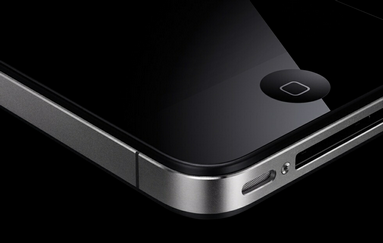Vr Mapping |
ON-LINE REFERENCE DOCUMENTATION CARDINAL SYSTEMS, LLC |
What's New in Version 5.5

Vr Mapping version 5.5 contains a number of new features and enhancements. This document shows the major changes and additions. Please visit Release Notes for a more detailed list of the changes and additions.
VrOne Vector Database Changes - VrThree (VrLiDAR)
| • | There are now four possible Vr Point (LiDAR) records in the Vr database representing the LAS (LiDAR Archival System) data formats 0-3. Each VrOne/VrTwo data file is formatted to support one of the four possible formats. See the LAS Specification 1.2 for more information. |
| • | The Vr Layer number has been added for each Vr Point (LiDAR) in the VrOne/VrTwo file. |
| • | Support for GPS time has been added. |
| • | The Intensity range is increased from 0-32767 to 0-65535. |
| • | The Scan Angle is increased from -90 to 90 to -32767 to 32768. |
| • | The database support for Classification is increased from 0-31 to 0-255. Currently the software supports the range of 0 to 31. |
For more information about the VrPoint entity please see VrPoint (LiDAR) Entity.
NOTE: Vr Vector (.vr) files that are opened by version 5.5 will be automatically upgraded from database version 6 to database version 7. Because of the latest improvements, the latest database version is not backwards compatible with versions of VrOne/VrTwo under 5.5 and should not be opened by older versions of VrOne/VrTwo. If there is a need to downgrade version 5.5 (database version 7) files to an earlier version, the "Convert VrOne Files" (ConVr) may be used. This batch application is available in version 5.5 under File -> "Convert VrOne Files" or from the ConVr key-in.
Photo Rotations - VrTwo Orientation, VrTwo, VrAirTrig, VrOrtho
The application of photo rotations has been improved when using cameras such as DiMAC, UltraCam and Rollei. These cameras tend to have larger calibrated principal point offsets and larger radial distortion values. In previous versions, use of non-fiducial, small format cameras required a camera (.cam) file for each image rotation or strip location. Version 5.5 allows for one camera calibration file to be established for photo strip to the left (0 rotation) and the application adjusts for other camera rotations. As in previous versions, the photo rotation is established in Vr Image Utility or Edit Project in VrTwo Orientation, VrAirTrig or VrOrtho by specifying the Strip Location for each photo.
Classify 3D (Cla3D)
This application replaces the original Classify Cube application and now allows VrPoint (LiDAR) classification by cube or polygon. The polygon depth may be extruded along the viewing axis in 3D VrThree for greater control in stereo. For more information, please see Classify 3D.
Roaming in 3D VrThree
Modified to improve roaming. When roaming is turned on (Insert key) in 3D VrThree, the floating mark remains in the center of the view and the LiDAR points roam in real-time. The roaming is supported at any 3D viewing angle and scale. Please note that the smoothness of roaming is dependent on the graphics card and the amount of LiDAR data being displayed. Pressing the Insert key on the system keyboard toggles between static and roaming modes. See Getting Started with 3D VrThree for more information on configuration and usage.
Tile Points (TilPoi)
Tiles VrPoints (LiDAR) from multiple VrOne files and creates new VrOne files. For more information, please see Tile Points.
Polygon Elevation (PolEle)
Changes elevation of symbols and points inside a polygon or group of polygons. This operation may be performed on the points or symbols in a single polygon by identifying the baseline polygon or a group baseline polygons in an interactive batch mode. This batch application may be used to flatten LiDAR points within lake boundaries. See Polygon Elevation for more information.
Model Manager (ModMan)
This is a new command in VrTwo that displays a graphical view of all multiple model footprints, and provides automatic and manual model switching capabilities. See Model Manager for more information.
Edit Point (EdiPoi)
This new interactive application has been added which allows the editing of single points with the ability to copy, move, change and delete single VrPoints. See Edit Point for more information.
CAiCE In/Out Translators
Modifications and additions have been made to the CAiCE translators. Additions include the addition of the ability to import CAiCE Profile Tables to create skeletal Vr Mapping Function Keys and the addition of the CAiCE in translator. The translator parameters are based on the Florida Department of Transportation specifications. This translator is currently in beta form in release 05.05.01. See CAiCE In/Out for more information.